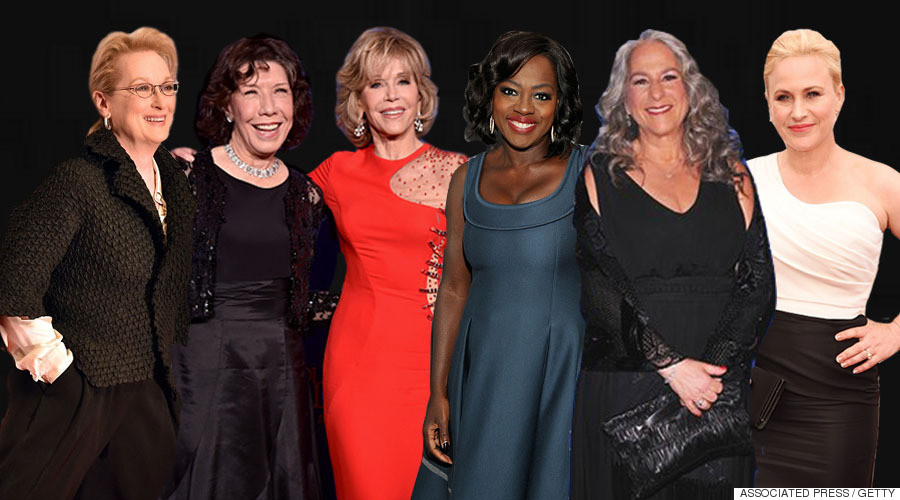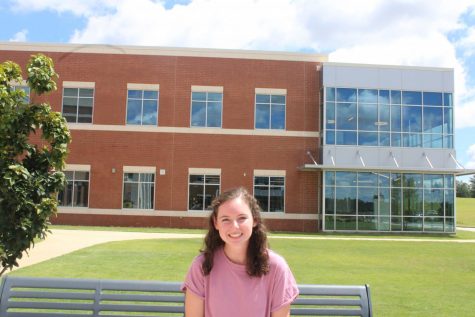Stardom’s Expiration Date
Long lasting trend of ageism in Hollywood
Celebrities, including Viola Davis and Meryl Streep, have publicly voiced their negative experiences as aging women in Hollywood in order to enact change.
February 1, 2022
The peak of celebrity popularity is most commonly achieved at a young age, with the rapid decline of a career uncoincidentally occurring alongside the aging of a singer or actor. This trend, better known as ageism, exists due to the proven favoritism of younger representation. Ageism can be found in both the stereotypical portrayal of older characters in movies and tv shows as well as the popularity of certain age groups over another in casting and award nominations.
Actress and feminist Geena Davis, best known for her roles in Thelma and Louise and Grey’s Anatomy, founded the Geena Davis Institute on Gender and Media in 2004, in hopes of changing ageist trends. According to aarp.org, the study “Frail Frumpy and Forgotten: A Report on the Movie Roles of Women of Age” is the first analysis of how women over 50 are portrayed in 2019’s top movies in the U.K., U.S., France and Germany. The study utilized a two-question Ageless Test that found only one in four movies have at least one important female character over 50 and do not contain negative age stereotypes.
In an interview with The Guardian, Geena Davis explains her motivations for starting the Institute on Gender and Media, winning her the Jean Hersholt Humanitarian Award at the Oscar’s just prior to the interview.
“Our goal is very simple: the storytellers and people on screen should reflect the population, which is half female and incredibly diverse,” Davis said. “It’s not like: ‘Wow, what a far-fetched idea!’ It just makes total sense.”
Although men can also fall victim to ageist threats, women’s careers are more susceptible to declines from age. According to womensagenda.com, women make up 20% of characters over 50, compared to 75% of male characters. The previously-mentioned study from the Geena Davis Institute found that when older female characters do appear, they are shown in a stereotypical way. The study found female behavior as stubborn in 33% of films, unattractive in 17% of films and grumpy in 32% of films.
Sully Hammond (12) loves to spend free time watching movies and TV shows, with one of her favorite hobbies being following the celebrities behind her favorite shows.
“Older women should not be neglected in Hollywood,” Hammond said. “There are many older female actresses like Meryl Streep that are still big in movies and TV.”
A study by Time Magazine found that while men reach the peak of their Hollywood career at age 43, female actresses peak at age 30. The gender gap in Hollywood most strongly appears when actresses reach the age of 40. According to the Washington Post, among 20-year-old actors, women receive 80% of lead roles, while among 40-year-old actors, women receive only 20%. This trend can be theorized as reflective of sexist influence within Hollywood and viewer preferences. It can also be theorized as due to a lack of popular storylines for older women.
Martha Lauzen, executive director of the Center for the Study of Women in Television and Film at San Diego State University, discussed the issue of ageism in Hollywood in an interview with USA Today.
“The tendency to feature younger female characters in films emphasizes the value of their youth and appearance at the expense of allowing females to age into positions of personal and professional power,” Lauzen said.





